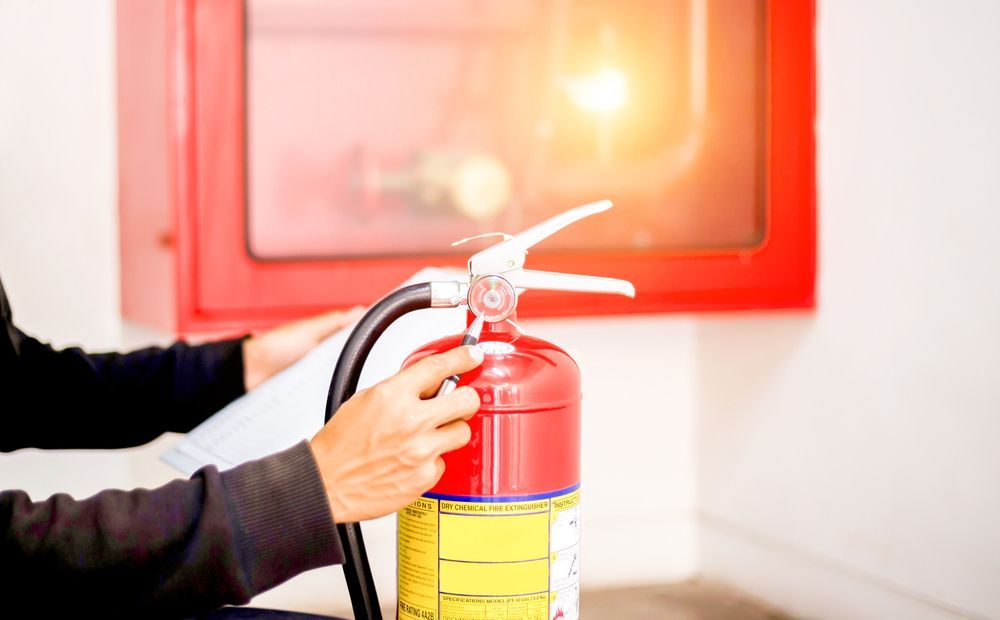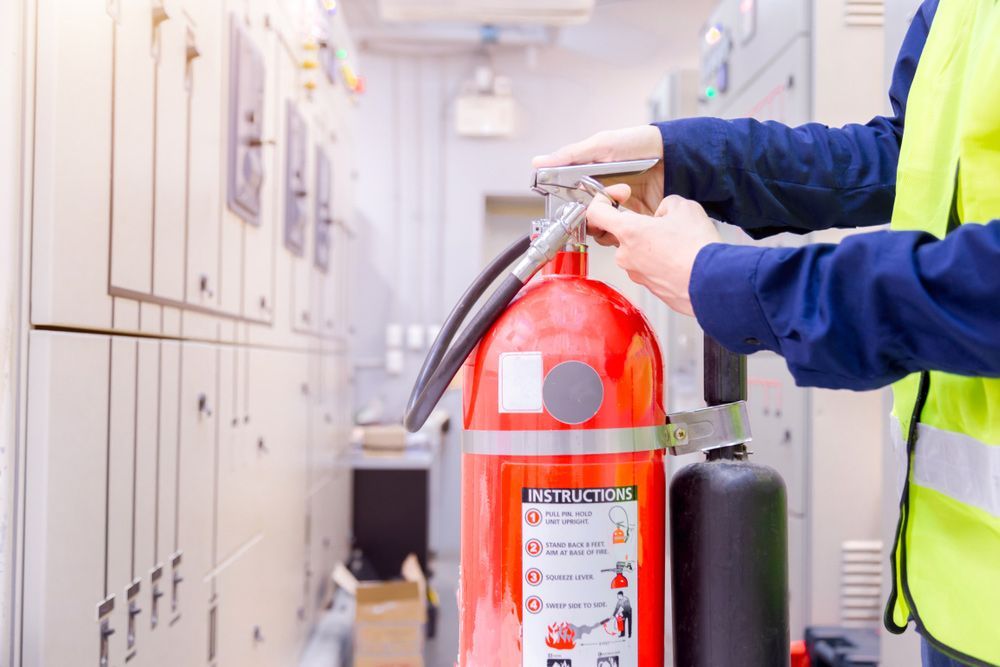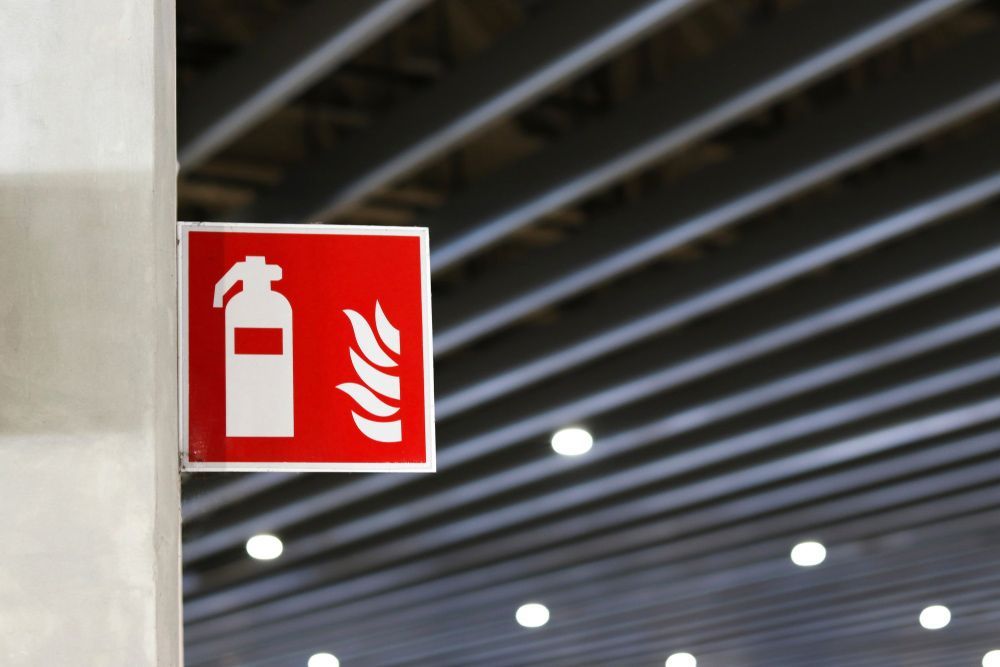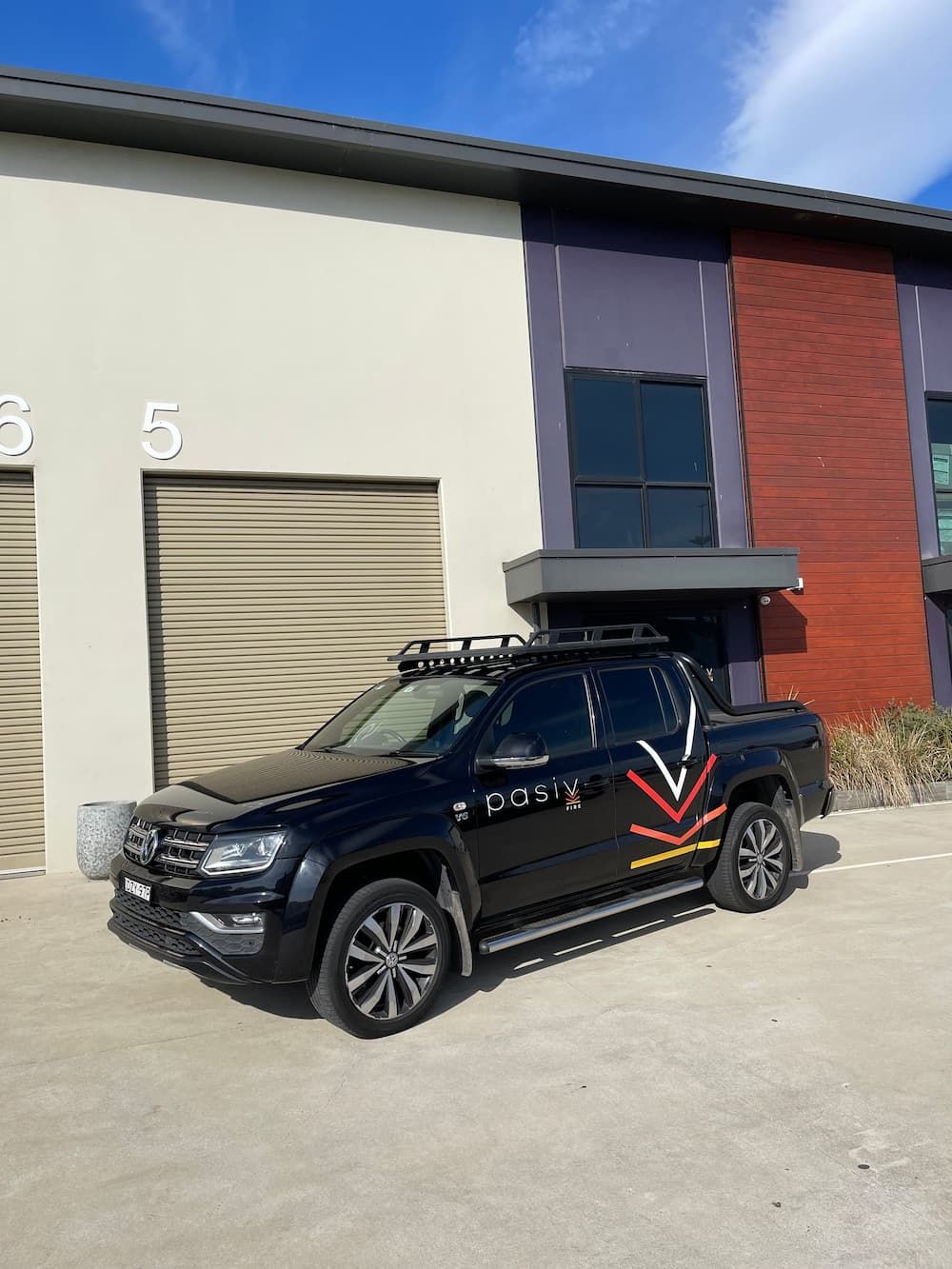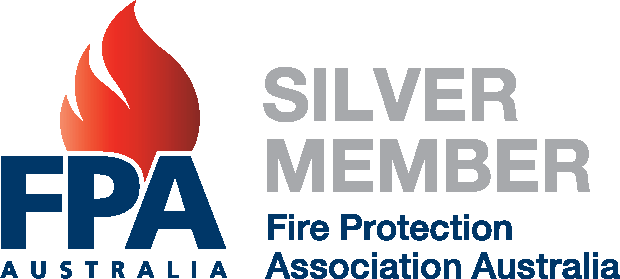Passive Fire Protection Illawarra
What Is Passive Fire Protection?
Passive fire protection involves the use of fire-resistant materials and construction techniques to compartmentalise a building into fire-resistant sections. The goal is to prevent or delay the spread of fire and smoke, reducing the risk of structural collapse and providing time for emergency services to respond effectively. Passive fire protection in Illawarra ensures that local buildings meet the highest safety standards, adhering to Australian regulations and industry best practices.
Unlike active fire protection, which requires human intervention or automatic activation, passive fire protection is built into the structure itself. This approach is a fundamental part of a building’s overall fire strategy, complementing active systems to enhance fire safety.
Understanding Passive Fire Protection Services in Illawarra
Fire safety is a critical concern for any building, whether residential, commercial or industrial. Ensuring that a structure is well-protected against fire hazards requires a combination of active and passive fire protection measures. While active fire protection includes systems such as sprinklers, alarms and extinguishers, passive fire protection (PFP) is just as crucial in safeguarding lives and property. Passive fire protection focuses on containing and slowing the spread of fire, minimising damage and allowing occupants sufficient time to evacuate safely.
Key Components of Passive Fire Protection
Passive fire protection consists of several key components that work together to enhance fire safety:
Fire Protection Without Manual Intervention
Whether you own a residential, commercial or industrial property, the risk of fire is always real. And whilst active fire systems play an important role in combating a blaze, they’re not a foolproof way to save your property and the occupants within. We provide passive fire protection systems in Wollongong and surrounds.
Unlike active systems that require manual intervention to activate, passive systems are designed to work automatically at all times. They are effective when it comes to providing fire containment and helping to prevent the spread of flames—even in cases where active systems have failed.
At Pasiv Fire, our team has extensive experience in designing, installing and maintaining passive fire protection systems for a wide range of properties. Based in Warrawong, we service the NSW South Coast and Southern Highlands, including Wollongong, Sutherland, Goulburn and surrounding areas. Call 1300 882 920 today!
Is Your Building Up To Code?
How Passive Fire Protection Works
Passive fire protection systems are designed to form a physical barrier against the spread of flames. This typically consists of two components: insulation and containment barriers. The insulation component prevents heat transfer, effectively blocking the flow of fire to other parts of the structure. Containment barriers limit the spread of smoke and hazardous material, providing additional safety for those inside the building.
At Pasiv Fire, we use a variety of materials to create effective passive fire protection systems. This includes firewalls and doors, dampers, fire seals and other crucial components.
Our expert team will design fire safety solutions tailored to your specific needs and that meet all applicable safety standards. We also offer regular inspections and maintenance to keep your system in perfect working order.

